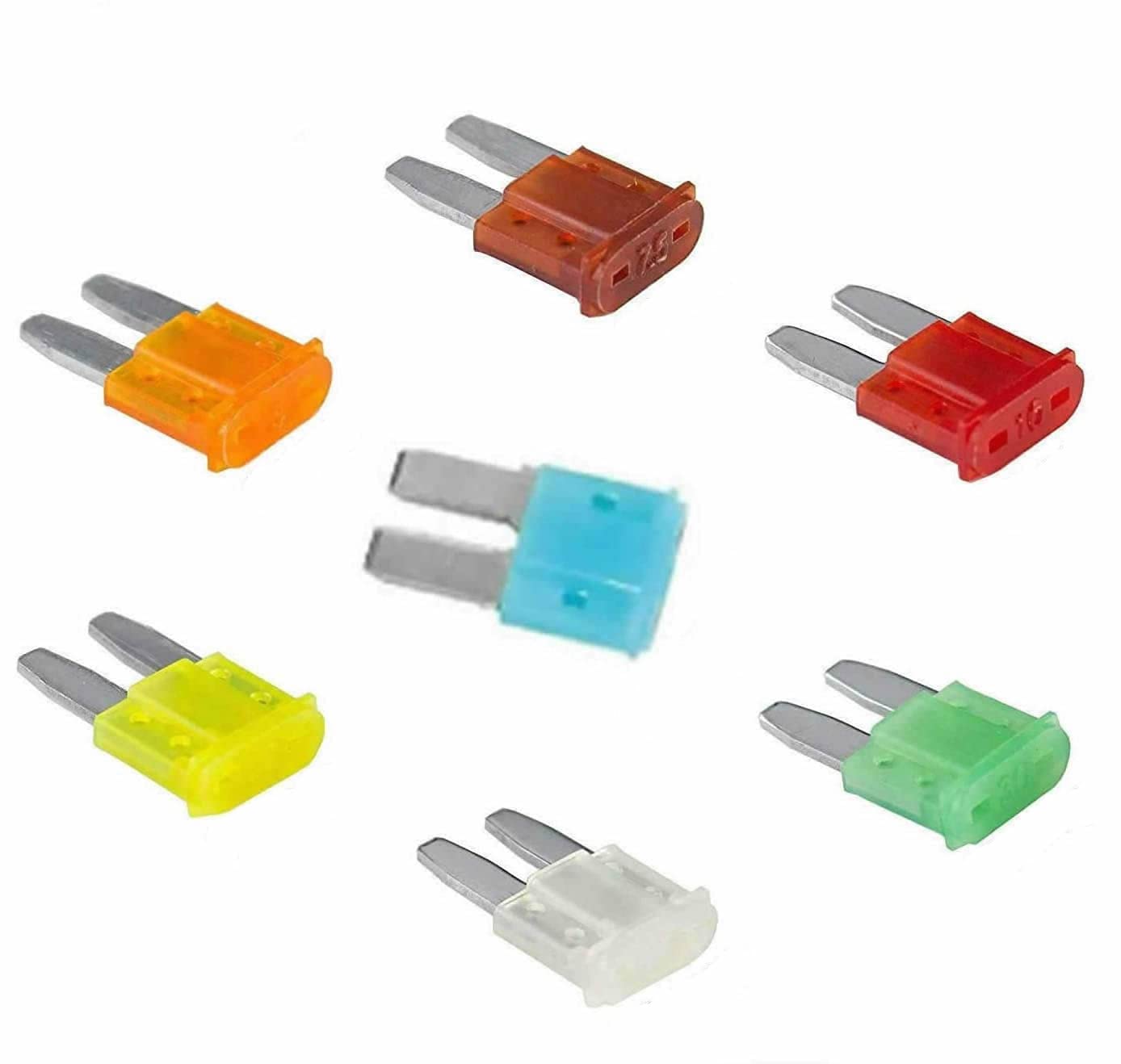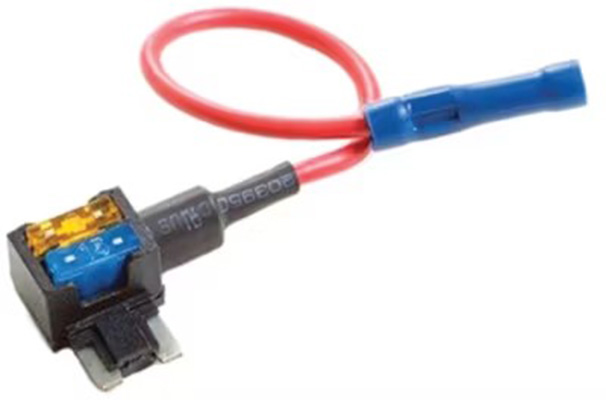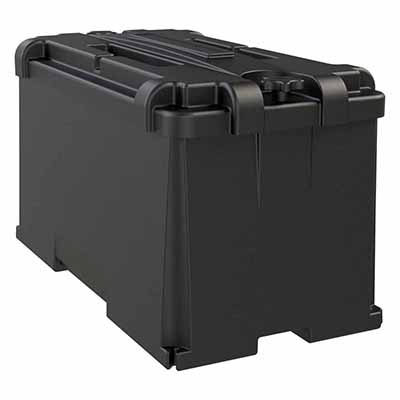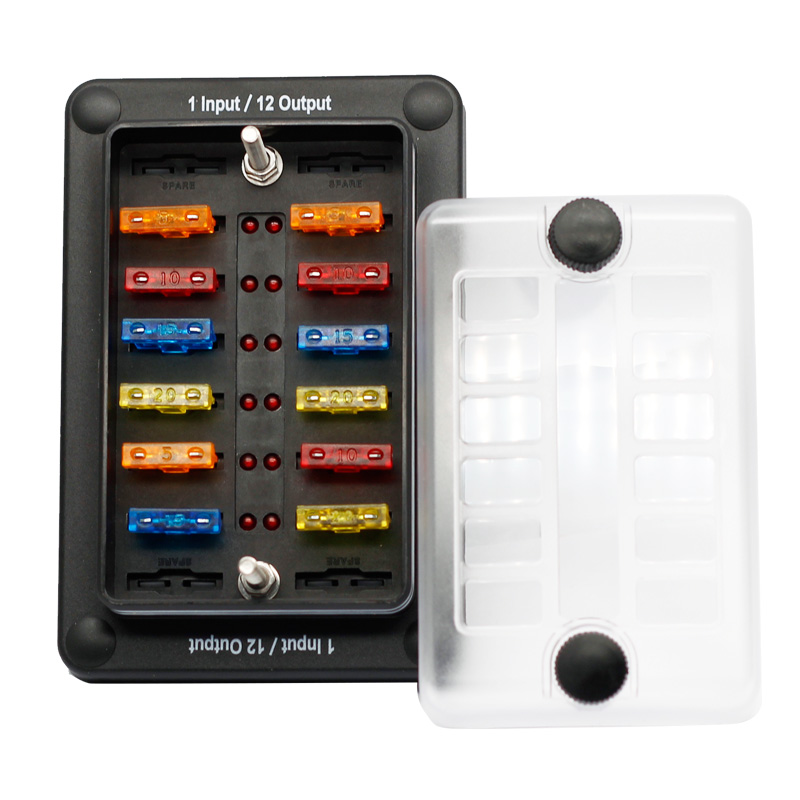Maximizing Vehicle Comfort and Safety: The Importance of Fuses in Automotive Seat Heating and Ventilation
News 2025-10-13
In modern automobiles, seat heaters and ventilation systems are key features that enhance driver and passenger comfort, particularly in varying weather conditions. These components rely on electrical circuits that can be vulnerable to overloads or short circuits, making fuses an indispensable safeguard. Automotive fuses specifically designed for these systems interrupt excessive current flow, protecting wiring and components from damage and reducing fire risks. By ensuring reliable operation, fuses contribute to the longevity and efficiency of comfort features in vehicles ranging from sedans to trucks.

Key Application Areas
Car fuses for seat heaters are essential in cold climates where they provide rapid warmth, preventing discomfort during long drives. In ventilation systems, fuses protect cooling fans and air ducts that maintain cabin temperature in hot weather, aiding driver focus and safety. These fuses are also critical in electric vehicles, where integrated heating and cooling elements draw high currents. By safeguarding against faults in diverse scenarios, such as urban commuting or off-road adventures, fuses ensure consistent performance and prevent system failures that could lead to costly repairs.
Performance Benefits
Automotive fuses excel in their ability to respond swiftly to electrical irregularities, blowing within fractions of a second to halt current and avoid component burnout. For seat heater and ventilation applications, they offer precise amperage ratings that balance sensitivity with durability, minimizing false trips while maximizing protection. Constructed from high-quality materials, these fuses resist corrosion and vibration, common in vehicle environments, and support energy efficiency by preventing unnecessary power consumption. This reliability not only extends the life of heating and cooling systems but also upholds overall vehicle safety standards.
Selecting and Maintaining Fuses
Choosing the right fuse involves matching the vehicle’s specifications, with common types like blade fuses being user-friendly for installation. Regular maintenance includes inspecting fuses in the dashboard or engine compartment fuse boxes for signs of wear or damage. Proper installation techniques, such as using insulated tools and ensuring secure fits, are vital to avoid loose connections that could cause intermittent issues. By adhering to manufacturer guidelines, vehicle owners can optimize fuse performance and integrate these components seamlessly into routine upkeep.
Common Questions
1. What is the standard amperage for seat heater fuses?
They typically range from 15 to 30 amps, depending on the vehicle’s make and model.
2. How do I test a fuse for functionality?
Use a multimeter to check continuity; a reading of zero ohms indicates a good fuse, while infinite resistance means it’s blown.
3. Can fuses be reused after blowing?
No, blown fuses should always be replaced with new ones of the same rating to maintain safety and performance.


